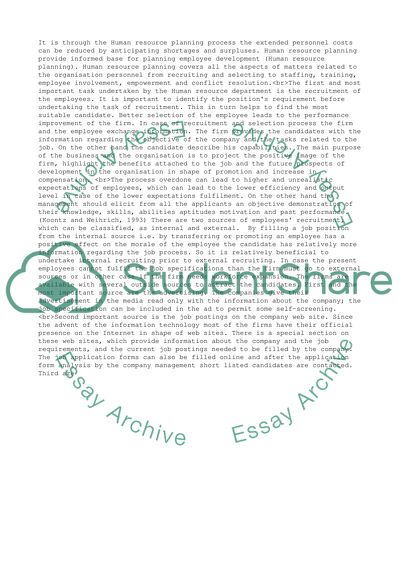Cite this document
(“Human Resource Planning in Hospitality Assignment”, n.d.)
Human Resource Planning in Hospitality Assignment. Retrieved from https://studentshare.org/business/1523792-human-resource-planning-in-hospitality
Human Resource Planning in Hospitality Assignment. Retrieved from https://studentshare.org/business/1523792-human-resource-planning-in-hospitality
(Human Resource Planning in Hospitality Assignment)
Human Resource Planning in Hospitality Assignment. https://studentshare.org/business/1523792-human-resource-planning-in-hospitality.
Human Resource Planning in Hospitality Assignment. https://studentshare.org/business/1523792-human-resource-planning-in-hospitality.
“Human Resource Planning in Hospitality Assignment”, n.d. https://studentshare.org/business/1523792-human-resource-planning-in-hospitality.


